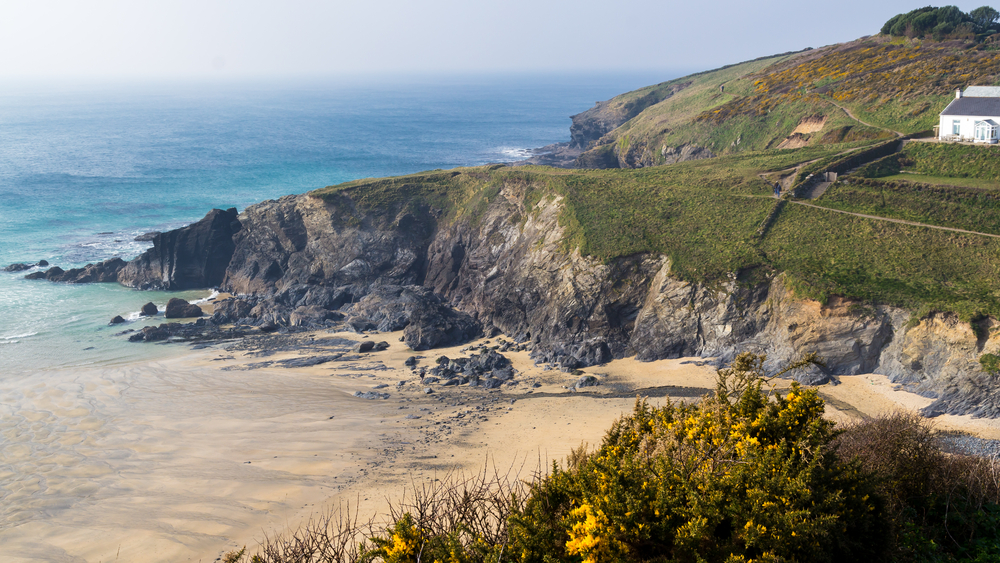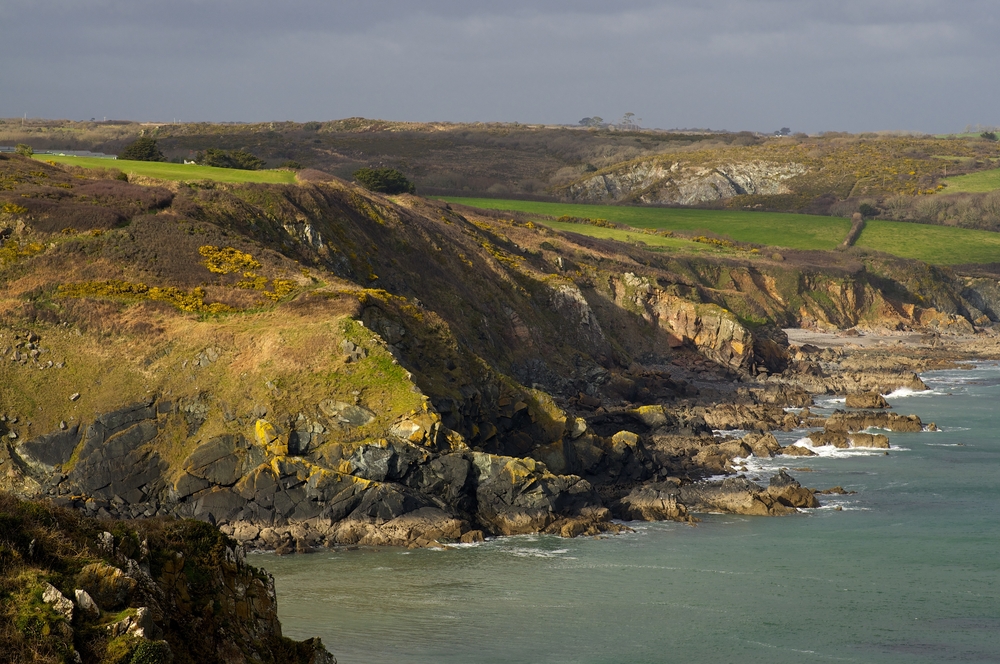The Lizard, the most southerly point on mainland Britain, is often considered to be one of Cornwall’s lesser known and least explored regions. As a consequence there are still many wonderful places very much off the regular tourist trail just waiting to be discovered!
Here is our guide to some of the hidden highlights!
Polurrian Cove
There are so many beautiful beaches to choose from around the Cornish coast and some of the finest can be found on the Lizard. While Kynance Cove is undoubtedly the most famous there are many others that will take your breath away and are really worth the effort of seeking them out. Polurrian is one such cove, a short walk from Mullion village you will discover an idyllic beach of fine golden sand flanked by high cliffs.
There are stunning walks along the coast in either direction but the beach itself is a real haven. Sheltered from the winds it is safe for swimming but can also catch the Atlantic swell making it popular with surfers in the winter.
Remember to bring a picnic with you as there are no amenities at the cove, although there is a lifeguard service at weekends during the summer.

Devil’s Frying Pan
Following the coastal path a little south of the old fishing harbour of Cadgwith you will come upon the Devil’s Frying Pan. This amazing geological feature was once a huge sea cave but at some point in the past the roof collapsed leaving a roughly circular gaping hole.
There is a magnificent natural rock bridge formed by what was once the cave’s mouth through which the sea tumbles into the internal pool. It is a magic, timeless spot but only for those with a good head for heights!
Poltesco Beach
The Lizard’s amazing geology is also a feature of Poltesco Beach. Also known as Carleon Cove and cared for by the National Trust the beach was originally an important harbour for pilchard fishing but later became famous for its serpentine works.
The picturesque ruins of the old factory buildings, mill and mill pool still stand close to the shore and the beach itself is made up of beautifully smooth serpentine pebbles of all colours and sizes. There is a small free car park and some great information boards explaining the area’s history.

The Lizard Windmill
The wonderful Lizard windmill is one of very few such buildings that survive in Cornwall and is now part of an amazing nature reserve. Once used to grind corn for the local manor the tower of the mill has now been repurposed as a hide and look out for the reserve.
Bursting with history, from ghosts to gangs of highwaymen, the windmill is the focal point of a fascinating, wild area of heathland with numerous pools that support a wide variety of rare birds, plants and insects.
Church Cove, Landewednack
This impossibly picture postcard perfect hamlet of thatch cottages hides just below Lizard village. The old fishermen’s cottages, pilchard cellars and disused lifeboat station huddle around a deep cleft in the coast were a steep slipway leads to the water.
One of the cottages, the Mariners, was once a kiddlywink, a kind of beer house, that was said to be a smugglers’ haunt with a hidden tunnel leading to the cove. In the 19th century small steamships from Falmouth would arrive here carrying day-trippers in search of serpentine souvenirs made by the local craftsmen.
